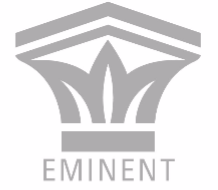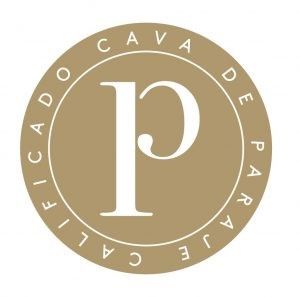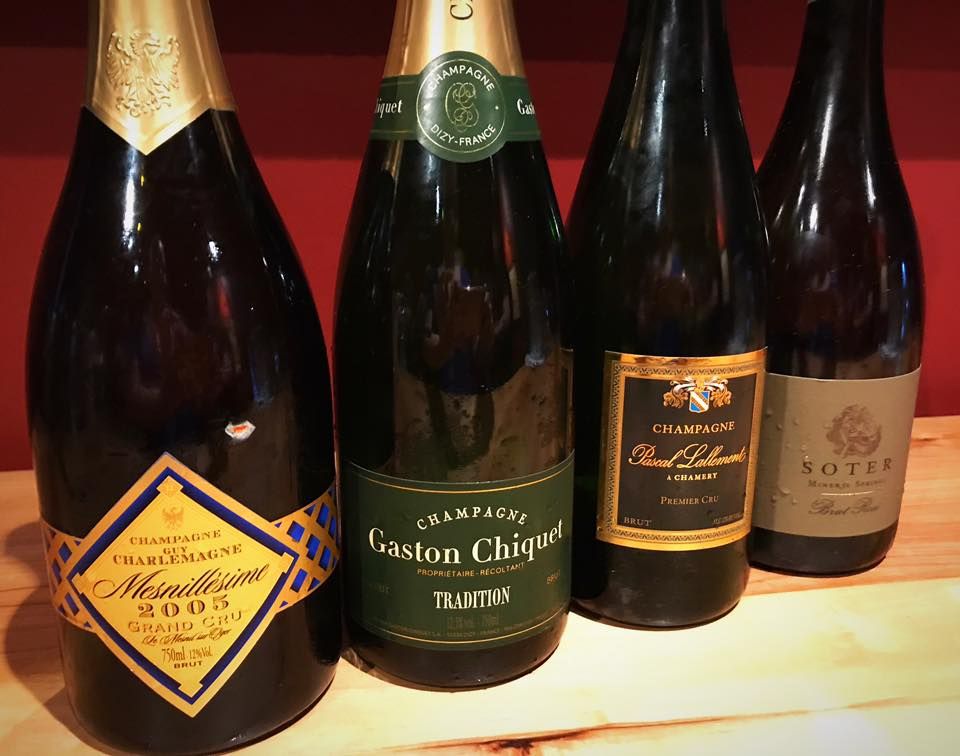Mark Rashap, CWE, tells us why he thinks Champagne is still the king of sparkling.
Everybody has bubbles on their mind during the holidays. It is such a lovely way to celebrate good times with friends and loved ones, and it pairs so well with all the decadent comfort food of the season. However, behind the scenes there is intense competition and a veritable race to premiumization of the various categories of sparkling wine, all trying to grab some market share from the true Champagne. So, hop in your Bugatti, sync your Cartier watch, and grab a glass of the finest Cham… Crémant de Bourgogne?
If you have ever attended one of my classes, you’ll surely know that I think Champagne, and I mean real Champagne, is one of the most majestic pleasures on Earth. There are several reasons why a totally unique beverage comes from this particular part of France, and that it cannot be replicated anywhere else. In short, Champagne is born from a unique and marginal climate, on a totally magical soil (pure chalk and limestone in some cases), from a tradition of ageing millions of bottles in the huge underground cellars, and from a series of rules that govern all the growers and producers. A few rules are simple to explain and pertinent to our discussion: the yield of grapes off of the vineyard and the yield of wine pressed from the grapes are both limited and controlled. This guarantees a certain power and intensity as well as lack of bitterness from over-pressing. Additionally, the amount of time the wine spends resting on the yeast is a minimum of 15 months for non-vintage and 30 months for vintage, increasing the complexity and texture imparted from the secondary fermentation. Please, note that most Champagne far exceeds these minimum requirements.
If we compare the time on lees with the other sparkling wines of France called Crémant, the minimum is 12 months, for Cava 9 months, and Prosecco doesn’t have to spend any time at all, produced in the Charmat method. This gives us some insight into how pricing works, ie it is much easier and cheaper to age wine in a tank versus millions of bottles. Of course, there have been a number of producers in the US who have tried to emulate the stringent production standards of Champagne, such as Schramsberg, Roederer Estate, etc, but they rely on their own house branding and not the efforts of an entire region.
I started to see this race to the top of the sparkling wine category around 15 years ago, when a number of wines from Franciacorta started to arrive in the US after it gained DOCG status in ’95. Franciacorta is in the northern Italian region of Lombardia, on the west bank of Lake Garda, the largest lake in Italy. With true Italian bravado, they upped the Champenois, declaring their wine must be aged for a minimum of 18 months, 3 months more than Champagne. This spawned tons of sommeliers and industry people doing Champagne vs Franciacorta blind tastings. I still thought Champagne was the winner.
Meanwhile, just to the east in North Italy, the Prosecco DOCG was developing a series of Grand Crú vineyards, which they are calling Rive, meaning hillside. There are 43 of these single sites where yields are drastically limited, giving more body, texture, and complexity to their native grape Glera. While I think this is a really exciting category for Prosecco, and could put it more in the spotlight with serious collectors and sommeliers, the Rive are still almost impossible to find. On a recent search, there was not one available in Texas.
Burgundy, a longtime rival of Champagne, decided recently to rebrand to breathe some life into their sparkling wines, or Crémant de Bourgogne. Indeed, it was Louis XIV’s royal court in 1693 that pivoted from a preference for Champagne to Burgundy. They’re trying to convince the world again by introducing two higher tiers of sparklers, Eminent and Grand Eminent. It is an elegant term meaning the same thing in English, “famous and respected within a particular sphere or profession.” Again, it is all about single sites and longer lees ageing, by law 24 months for Eminent and 36 months for Grand Eminent. I’m very excited about these (you can see the branding that will grace the bottles below), but we’ll probably have to wait a couple years to actually see them in the market.
Finally, we can’t forget the Spanish. Cava has always been a cheap cousin – decent, mineral driven, but criticized for not showing off the pretty fruit of Champagne. There are the various tiers that we know: regular Cava, Reserva, and Gran Reserva which have a requirement of 9, 18, and 30 months respectively on the lees. But now, well into 2017, they threw their castanets into the bull ring and are fighting for a piece of the tortilla Española as well. The regulatory body for Cava calls this higher tier, Cava de Paraje Calificado. This indicates single estate Cavas with really low yields, from their indigenous grapes, and at least 36 months ageing on the lees. The seal gracing these bottles is below. Again, it will be some years before we see these on the market, but I am very excited.
I bet you didn’t know there was so much going on behind the scenes! I’m not even including the interesting things going on with English sparkling wine, Tasmanian, Cap Classique (South Africa), Bruto de Baga (Portugal), Oltrepò Pavese, Sekt (Germany), Methode Marlborough, and so much more. I can’t wait to try all these, and I always root for interesting wines and the underdog. But, I’ll still be betting on Champagne.



